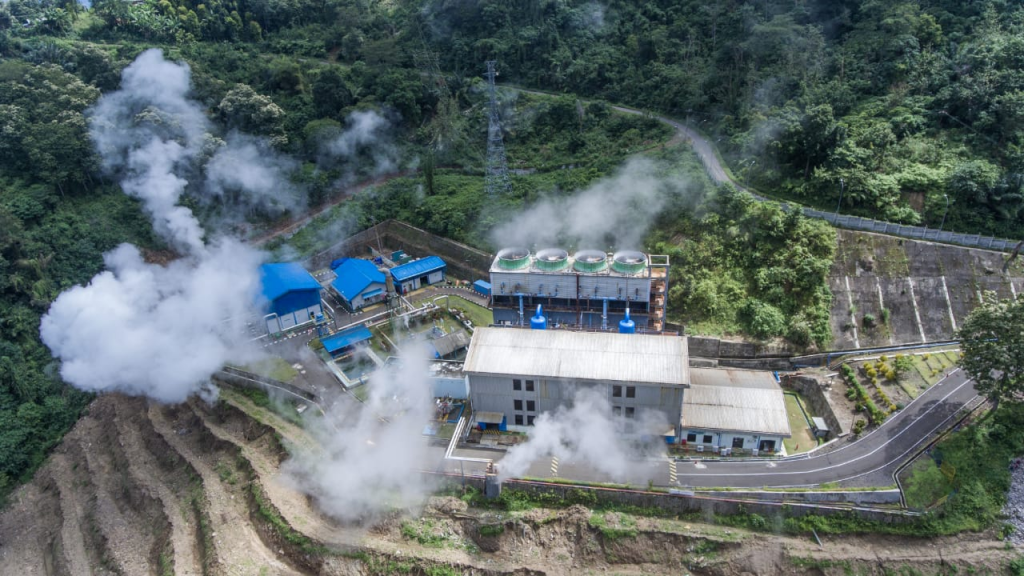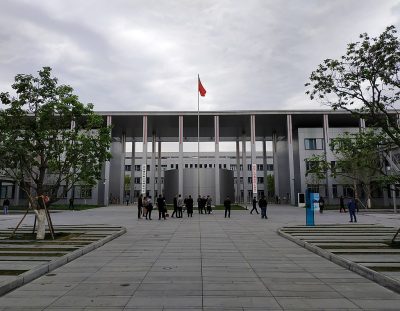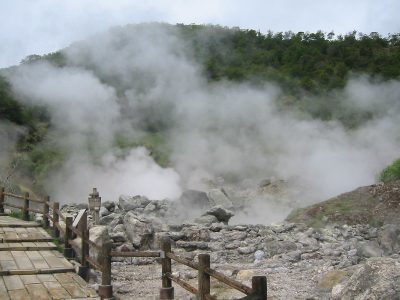Formation of Indonesian state geothermal holding company ongoing
The formation of a geothermal holding company which will combine assets of the three main state-owned geothermal players, PLN, Pertamina Geothermal Energy and Geo Dipa Energi, is ongoing.
The process of the formation of the planned Indonesian state geothermal holding company is still ongoing, as reported by Kontan in Indonesia. The Ministry of State-Owned Enterprises (BUMN) states that the consolidation of assets of the different geothermal state-owned entities would provide them shares in the holding.
Kontan noted that this year, PLN GG is targeted to start operating and managing PLN’s PLTP assets. In addition, PLN is trying to encourage geothermal development in the country.
The low utilization of geothermal energy is caused by various factors, one of which is the high investment cost due to high exploration costs. Just the drilling rig can cost around US$100,000 (Rp1.4 billion) per day. This has resulted in the price of electricity from PLTP (Geothermal Power Plant) which is more expensive than coal-fired plants.
Operation and Maintenance Manager of PT Indonesia Power Kamojang POMU Wahyu Somantri revealed that the price of electricity from the Kamojang PLTP is US$ 6 cents per kwh. Meanwhile, the price of electricity from coal-fired power plants is only US$ 3 cents per kwh. Therefore, regulatory alignments are needed to encourage more massive use of renewable energy.
“If indeed EBT (new renewable energy) wants to succeed, it is necessary to make more friendly regulations,” said Wahyu.
Wahyu added, about 80% of the operational costs of the Kamojang PLTP are used to buy steam. According to him, if the steam supply is managed independently, expenses can be reduced and electricity prices are likely to be cheaper.
Source: Kontan



















